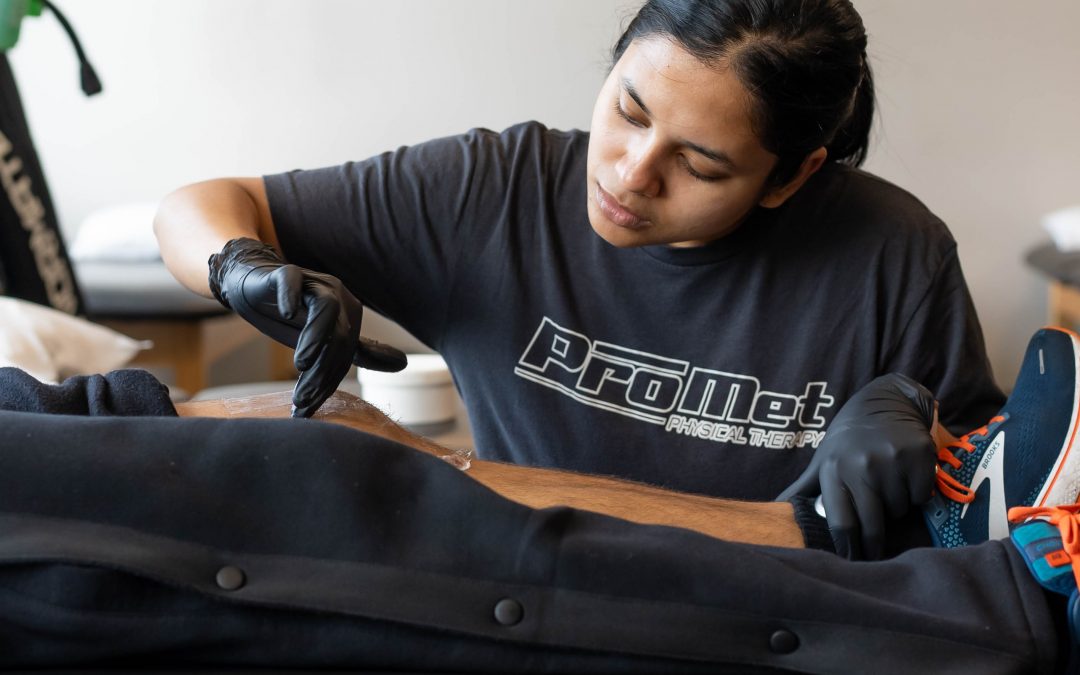As the trees go from green to red and temperatures begin to drop, you can smell the pigskin in the air— it’s football season! While most of us watch the pros play ball in the comfort of our homes, all across America, young athletes are hitting the field full force. Fall sports, while some of the most popular of American sports, are also some of the most dangerous, especially for young athletes. School- aged athletes are just getting back to school after a long summer off and are likely out of shape and ill prepared to handle the intensity of preparing for the fall football season.
Of the fall sports, the most popular is football. Football is also notorious for placing athletes at high risk for orthopedic injuries, especially in school-aged players. Although football players of all ages commonly suffer from sports-related injuries, these injuries are of more significant concern in youth athletes. Child and teenage athletes are still growing, and injuries which occur during this important growth period can cause serious problems and life-long symptoms.
Football related injuries are some of the most common for young athletes. According to a leading national survey of young athletes, on average, about 150,000 child athletes ages of 5 to 14 are seen in the emergency room for football related injuries every year. About 28% of youth football players report suffering sport related injuries at some point during the season. What many young athletes and their parents do not know is that most sports related injuries happen during practice and not during competitive games. So, it is important for young football players to be aware of the potential for injury both during games and during practice. Following is a description of the most common injuries associated with football and some recommendations from our Physical Therapy professionals for avoiding injury and staying on the field.
The most common injuries affecting youth football players are knee and ankle injuries. Although knee and ankle injuries can be very serious, they are injuries that can be easily avoided with the right knowledge and preparation. Our team emphasizes the importance of muscular flexibility and balance when treating young football players.
It is important for football players of any age to keep their muscles flexible in order to avoid injury. One way to maintain flexibility is to stretch the calf muscles, hamstring muscles and quadriceps regularly— not just before and after games. Here are some simple stretches you can try at home:
Calf Stretch: Keep your heel down and your knee straight. Lean your chest towards your arm support. Hold for 30 seconds and repeat 3-5 times.
Hamstring Stretch: In the laying position, keep your leg straight and gently pull it up. When you feel tension behind your knee, hold that position for 20-30 seconds and repeat the stretch 3-5 times.
Quad Sets: In the sitting position, squeeze your knee into a rolled up towel. When you feel tension, hold the position for 30 seconds. Repeat 5 times.
Another important factor in avoiding injury on the field is simple balance. More often than not, sprains and strains have to do with balance, or, more precisely, proprioception—a sense of joint position. Balance training for injured athletes is very common in Physical Therapy, but it can and should also be used to prevent injury
Balance is the basic skill needed for efficiency in any sport. The ability to change your center of gravity to match your moves can be the key to avoiding injury: especially injury of the ankle. A study by researchers at the Nicholas Institute of Sports Medicine and Athletic Trauma concluded that simple, targeted balance training may reduce the risk of ankle injuries in high risk athletes such as youth football players . The study focused on high school football players and found that balance training can reduce a players risk of injury by up to 77% (www.nismat.org)
An exercise as simple as balancing for a few minutes on each leg times per week, can significantly reduce an athlete’s risk of ankle injury. The exercise can be made more e ective by using a foam stability pad, a wobble board or a balance board. Athletes can also practice doing an normal activity on one leg to improve balance. Playing catch while standing on one leg can also help improve balance.
There are many factors which affect a young athlete’s risk for injury. It is important to be aware and educated about these factors including flexibility and balance. A small amount of prevention can go a long way in terms of staying active and pain free now and in the future.




